Home » Water-based flexography: 3 mistakes to avoid
Water-based flexography: 3 mistakes to avoid
The three mistakes to avoid
to prevent
in water-based flexography
turns into your worst nightmare
When it comes to flexographic plate production, there is a lot of confusion. Especially when we talk about water-based flexographic photopolymers. Let’s clarify things.
1° ERROR:
TO THINK THAT HYBRID PLATES FOR UV FLEXO
AND WATER-WASH FLEXO PLATES
ARE THE SAME THING.
When it comes to water-wash flexo, many people think of the traditional lithographic plates adapted for flexography, known as “hybrid” plates. They are called hybrid because they are neither strictly lithographic nor purely flexographic.
Not being aware of the difference between a hybrid plate (such as Toray WF plates, Toyobo ZF plates, Miraclon BF plates, new lithographic polymers BF) and a pure flexographic plate like Aquaflex can lead you to purchase equipment that may not be suitable for your needs.
Hybrid plates can be a useful middle ground for printers using UV inks, as they allow the printer to achieve autonomy with some compromises.
It’s understandable to have a preference for hybrid plates. BF polymers have been known to deliver satisfactory results, although over time, the clichés can become somewhat rigid. Nevertheless, they represent a viable solution for printers who are hesitant about in-house production of solvent plates but still need to achieve autonomy in certain reworks without costly investments.
With the introduction of the new pure water-wash flexographic plate, everything has changed: it is flexible, designed for HD certifications, quick to process, and does not require the use of solvents.
Indeed, it’s a dream come true for flexographic printers who aspire to produce plates internally.
But… there’s a but.
The big mistake that most users make is thinking they can work with pure water-wash flexographic plates in the same way as hybrid plates.
Water-wash flexo technology is -excuse the comparison, but it illustrates the point -a beautiful, sophisticated lady. As such, it requires special attention and, above all, should never be neglected!
And now I’ll explain how.
(continue)
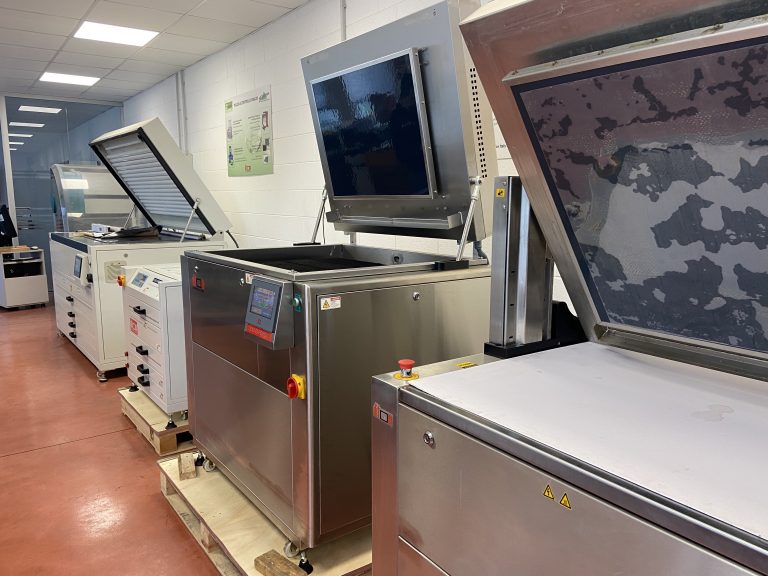
PHOTO 1
Compact washing with advanced filtration system for water-wash flexo.
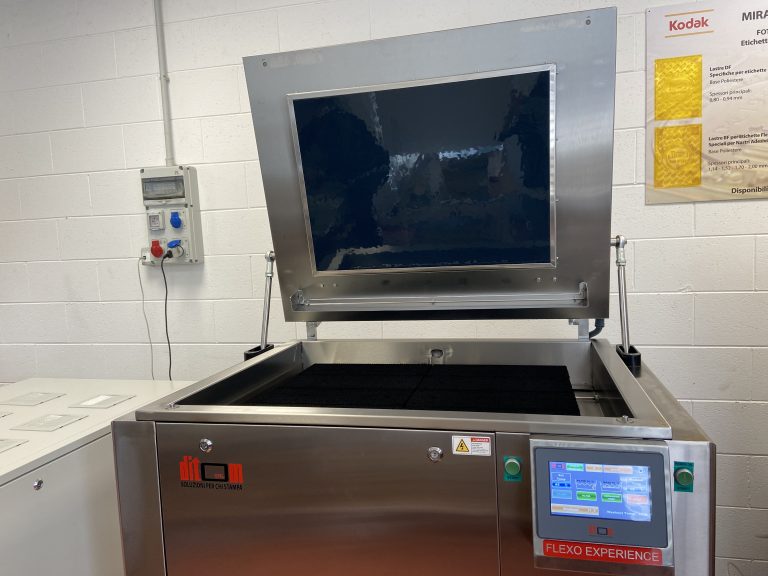
PHOTO 2
Compact washing with automatic opening and automatic thickness adjustment.
2nd MISTAKE: THINKING TO PROCESS THE PLATES IN THE SAME TRADITIONAL EQUIPMENT AND ACHIEVE GOOD RESULTS.
Do you really think that using an old compact machine that has been sitting in the basement for years can give you results comparable to the plates purchased from professional service providers?
Do you really want me to list the advantages of using Aquaflex and mislead you by telling you that all it takes is a water tank to process them correctly?
I apologize, but I prefer to approach this question as I do with pre-press issues. So let’s start with the facts.
Aquaflex is a flexible and elastic plate with excellent ink transfer capabilities.
It maintains its characteristics over time, even after numerous print runs.
It is quick to produce: 35 minutes for a thickness of 1.14, and you’re ready to go to press immediately!
For the printer, the main advantage is that there is no need for any waiting time. The plates can go directly to the press without any additional steps
Aquaflex exhibits excellent color density in high screen rulings and delivers very sharp gradients.
Since Aquaflex releases ink effectively, downtime for plate cleaning is significantly reduced.
Aquaflex allows for long print runs and can be used with any type of ink: water-based, UV, and solvent-based.
For the most demanding printer, Aquaflex is designed to meet HD certifications..
Indeed, those are the facts.
However, this doesn’t mean that you can achieve the best results using any machine on the market.
And here we come to the 3rd and most significant mistake.
3rd MISTAKE: THINKING “ONE SYSTEM IS AS GOOD AS ANOTHER.
Unfortunately, in water-wash flexography, it’s not enough to have a plate that appears to give the correct results.
The results must be guaranteed and consistent over time because otherwise, it becomes a struggle for the operator and, most importantly, for the company.
I’ve seen it all! Operators who don’t know what to do anymore.
- They pass the plate through the processor four times in an attempt to clean it properly.
- They frequently change the brushes of the machine because they believe it will improve the cleaning process.
- They change the water every 2 plates to avoid any contamination on the plate.
I could go on for hours explaining to operators that the secret to water-wash flexography lies in the equipment setup. It should not be the result of countless makeshift solutions and improvisations.
I’m sorry, but simply retrofitting an old lithographic processor, changing the brushes, and adding a recirculation system is not enough to make pure flexographic plates work effectively.
You can even spend absurd amounts, such as €20,000, to have an old system refurbished, but that may not free you from the problems you encounter.
The solution does exist.
Finally, there is a line created thanks to the twenty years of experience in water-wash flexography by expert engineers that makes the production of water-wash flexographic plates simple for any operator.
It is a processor equipped with a filtering system that keeps the washing tank completely clean and prevents the transfer of any residues into the filter section.
This allows for the development of plates using consistently clean water, eliminating the need to halt production for maintenance operations.
I’m talking about the new The WFW line of equipment ensures maximum performance even for high-volume production. They are available in both compact and in-line versions.
DISCOVER THE RIGHT SOLUTION FOR YOUR FLEXO PRODUCTION
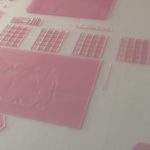
ASK FOR MORE DETAILS
More details
Recent Articles:
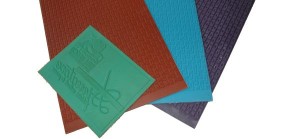
Our rubber production for flexography
Since 1939, we have been producing compounds for flexographic printing on materials such as paper, polyethylene, and PVC.Specialized in compounds resistant to esters and oils,
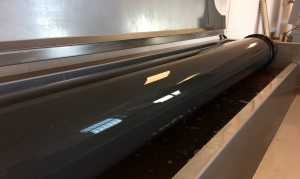
Cylinder cleaning: Ultrasonic or Spray? A comparison of technologies
Discover the differences between ultrasonic and spray cleaning systems: efficiency, precision, speed, and results. Which technology is the right solution for you? Our wide range
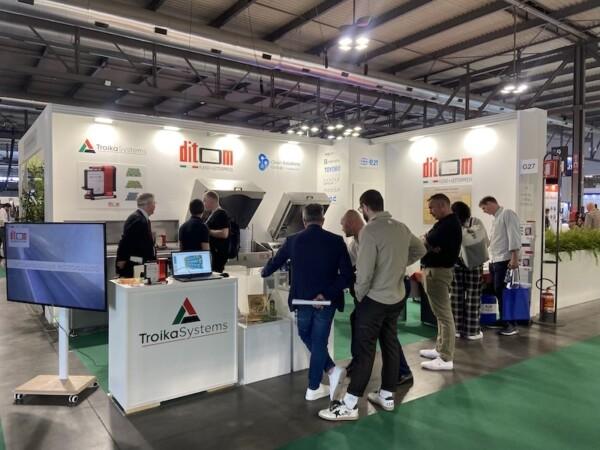
Thank you for visiting our stand at Print4all in Milan!
From washing solutions and plate-making to demos with “printing cocktails,” our stand at Print4all combined innovation, sustainability, and a touch of fun… always at the
